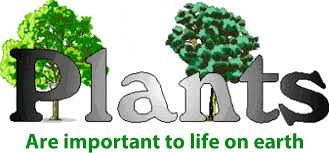Plants are Impotents
We all need plants. They play an impotent role in our environment. All living things in the world, directly or indirectly, depend on plants for their food. Plants are the most important part of a food chain. They not only provide us with food, but also help us in our daily lives.
- Plants provide shelter and food to wildlife and fish populations
- When plants make food, they release oxygen which we all need for breathing.
- Most medicines are made from chemicals taken from plants.
- Plants also provide materials like wood, to make houses, furniture, and paper.
The plant kingdom:
We cannot live without plants. Plants grow in all shapes and size. Scientists have discovered over 380,000 different species of plants.
Some plants grow in hot, dry deserts where there is little water, and others grow in or near water. All the plants on the Earth make up the plant kingdom.
One way to classify the plant kingdom into different groups is based on their body structure.
The plant kingdom

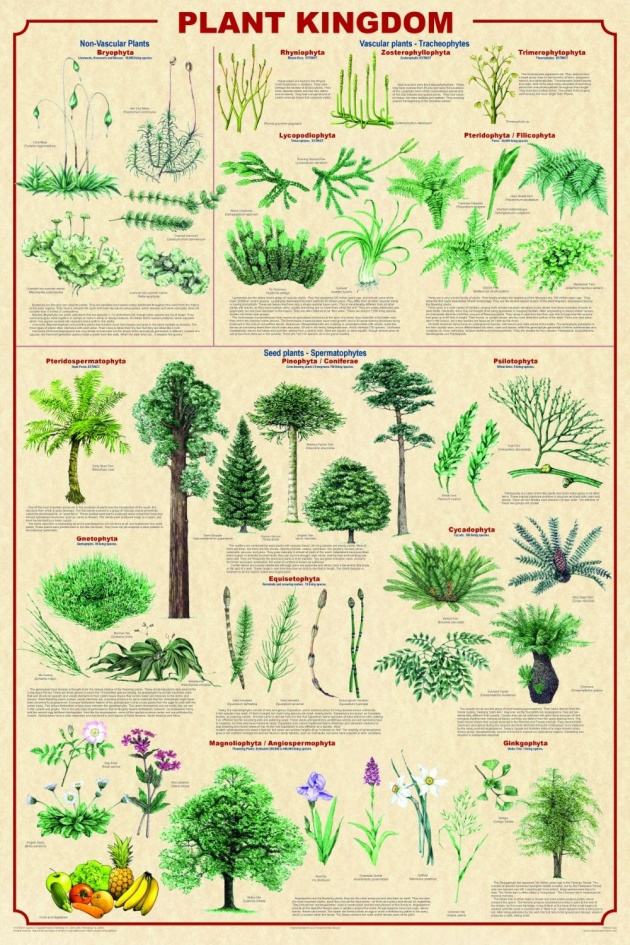
Videos:
1
2
Simple plants
Plants that lack organs like root, stem, leaf, flower, and fruit are called simple plants.
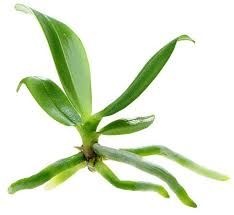
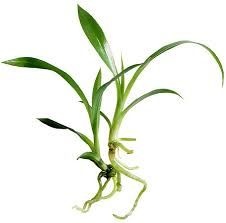
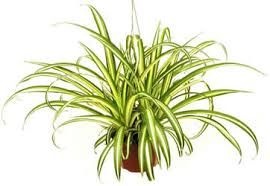
Higher plants
These have a complex body with complete organs including roots, stems, leaves and seeds, and may have flowers and fruits.

Algae
Algae are the simplest plants. They have a very simple body. They do not have roots, stems, leaves, flowers, or fruits. Then what makes algae a plant? It is because they have chlorophyll and can make their own food. Their cells contain a cell wall made of cellulose.
Algae can be both unicellular and multicellular. They are found in ponds, lakes, and in other water bodies. They are a great source of oxygen and food for sea life. Algae do not produce seeds so they need other ways to reproduce. They simplest algae reproduce by cell division. Others reproduce by spores or fragmentation.
Algae

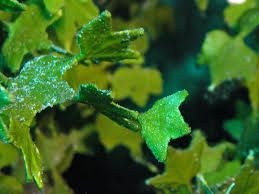
video:
Mosses
The second group of simple plants is mosses. Like algae, they also lack true roots, stem, or leaves. Having no roots stem, or leaves means they lack a transport system, known as the vascular system. Thought they do not have true roots, they possess a root-like structure, called rhizoids. In this way they are a little more advanced than algae. Mosses do not absorb water. Instead, they anchor themselves in the soil. Water is absorbed by the whole body of the plant, like a piece of sponge. Since they lack true roots, stems and leaves, they need to grow near water so that their bodies can absorb water. They reproduce by spores.
Mosses
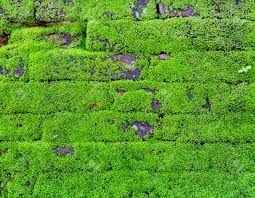

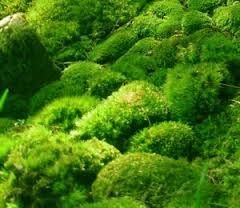
Video:
Ferns
This group of plants is a little more advanced than algae and mosses. They possess roots, stem, and specialized leaves, called Fronds. Like mosses, they also do not produce seeds, flowers and fruits. Instead, they reproduce by tiny dust-lime spores. Their spores grow on the underside of their leaves. Due to the presence of roots, stem, and leaves, they can grow tallest than mosses and algae.
But they need to grow near moist places because their spores need water or moisture.
Ferns
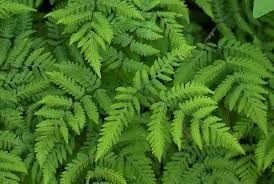
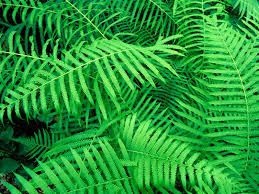

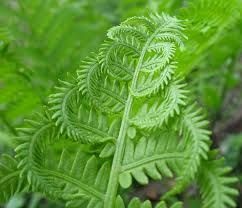
Video;
Conifers:
The fourth group of plants is conifers, which are also known as gymnosperms. Conifers are more advanced than ferns, since they produce seeds, but their seeds are not enclosed in a fruit or flower, as the plants in this group lack flowers and fruits. They reproduce by their seeds. They have needle-like leaves. Since they have a well-developed vascular system, they can grow tall.
Conifers:
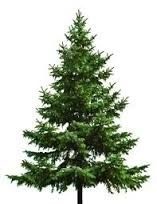
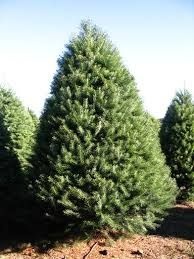
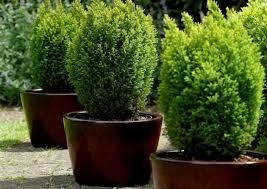
Video:
Flowering plants:
You will have noticed that plants in the higher plant groups have more body parts than those in the lover plant groups. Flowering plants, also known as angiosperms, form the most advanced group in the plant kingdom. Like conifers, they have roots, stems, leaves and seeds, but unlike conifers they bear flowers. Their seeds are enclosed in flowers or fruits. Like conifers they too have a well-developed transport system, called they vascular system. They can also grow tall.
Flowering plants:

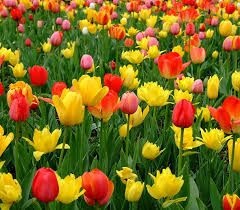
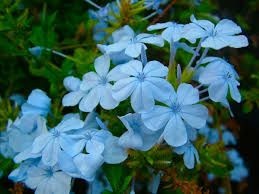
Video:
Fungi:
Fungi are a special case. They can be classified neither as plants nor as animals. Why is this so? Unlike plants, fungi cannot make their own food. Instead, they depend on other organisms for their food. Yeast, molds, mildews, and mushrooms are some examples of fungi.
Fungi:


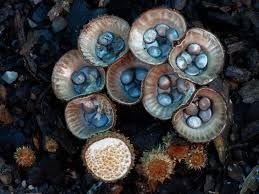
All living things in the world, directly or indirectly, depend on plants for their food. Plants are the most important part of a food chain. They not only provide us with food, but also help us in our daily lives.
Plants are impotants
Videos:
2
The End
-
All image source: Google
-
All Videos Source: You Tube

